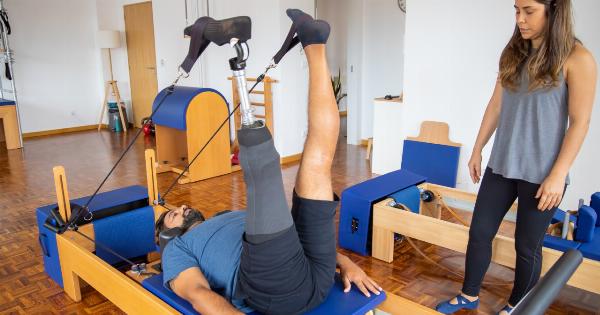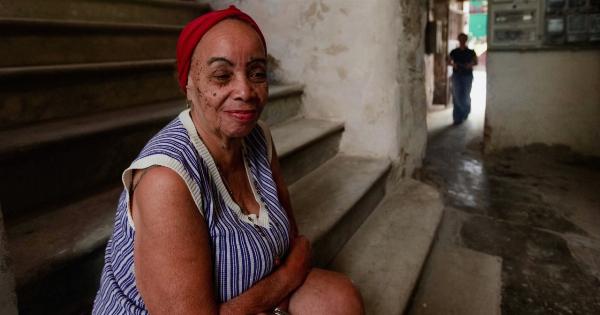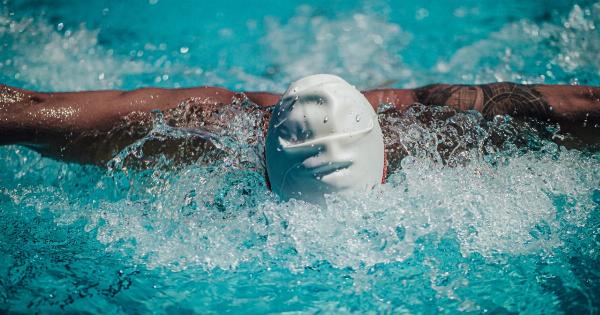The weather can have a significant impact on our health and daily routines. Not only does it affect our moods and behavior, but it can also influence our physical health. For stroke patients, weather conditions can either improve or worsen their recovery.
Understanding the relationship between meteorology and stroke outcomes can help healthcare providers deliver better care and improve patients’ quality of life.
The Link Between Weather and Stroke Incidence
Several studies have examined the relationship between weather conditions and stroke incidence. One study found that the incidence of stroke increased during colder months, possibly due to increased blood pressure and cholesterol levels in the winter.
Another study showed that high temperatures during the summer months were associated with an increased risk of stroke, especially among older adults. The researchers hypothesized that heat-related dehydration and electrolyte imbalances could contribute to stroke onset.
The Impact of Weather on Stroke Recovery
Stroke recovery is a complex process that can be influenced by a variety of factors. Meteorology is one such factor that has been shown to influence stroke outcomes.
For example, a study published in the journal Stroke found that hotter weather can lead to increased hospitalizations, longer hospital stays, and a higher risk of mortality among stroke patients. The reasons for this are not entirely clear, but the authors suggest that heat-related dehydration and changes in blood viscosity could contribute to poor outcomes.
Another study published in the journal Neurology found that low barometric pressure and high humidity are associated with a higher risk of stroke in the 24 hours following exposure.
Conversely, high barometric pressure and low humidity were associated with a lower risk of stroke. The authors suggest that weather-related changes in blood pressure, blood viscosity, and oxygen levels could contribute to these effects.
How Healthcare Providers Can Mitigate the Effects of Meteorology on Stroke Outcomes
Given the significant impact of meteorology on stroke outcomes, healthcare providers need to be aware of these effects and take steps to mitigate them.
For example, during periods of high heat and humidity, stroke patients should be encouraged to stay indoors and avoid strenuous activity that could increase their risk of dehydration and heat stroke. Healthcare providers may also need to adjust medication dosages to account for changes in blood pressure and viscosity that can occur during hot weather.
During periods of low barometric pressure and high humidity, healthcare providers should be extra vigilant in monitoring stroke patients for signs of stroke onset.
Patients should be advised to take any necessary precautions to minimize their risk, such as avoiding strenuous activity, staying hydrated, and seeking prompt medical attention if symptoms occur.
The Future of Meteorology and Stroke Outcomes
As our understanding of the link between meteorology and stroke outcomes continues to grow, healthcare providers will be better equipped to deliver personalized care that can improve patient outcomes.
For example, new technology such as wearable devices can monitor weather conditions and alert patients when conditions are unfavorable for stroke recovery. Similarly, advances in telehealth technology can enable healthcare providers to monitor patients remotely and adjust care plans in real-time based on weather conditions.
Conclusion
The relationship between meteorology and stroke outcomes is complex and multifaceted.
While we still have much to learn about the mechanisms underlying these effects, it is clear that weather conditions can have a significant impact on stroke patients’ recovery and quality of life. By taking steps to mitigate the effects of meteorology on stroke outcomes, healthcare providers can deliver better care and improve patient outcomes.





























